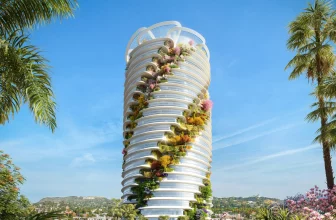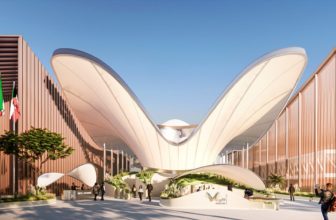The Venice Biennale of Architecture is an integral part of architectural culture. However, for several previous editions, it was distant from civil society. This year’s cycle “Reporting from the Front” is different. It highlights the capacity and potential of architecture’s role inside communities; “architecture makes the difference”, as Aravena puts it.
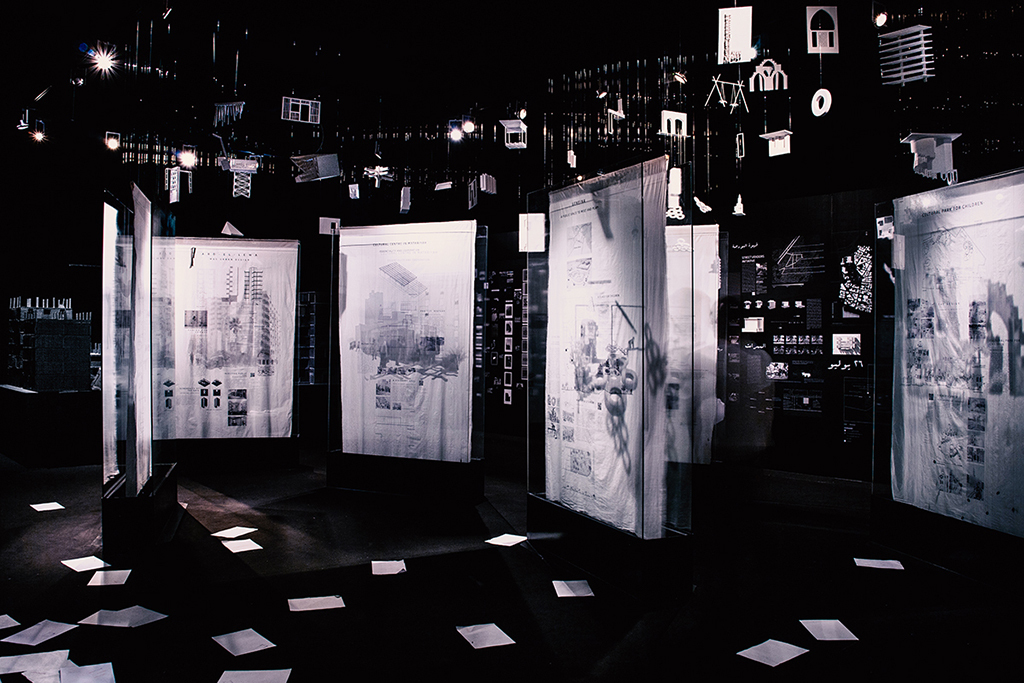
© Michela di Savino, Morgane Quere
RBIC of the Egyptian pavilion commissioned by Ahmad Hilal with a curatorial team of Eslam Salem, Gabriele Secchi, Luca Borlenghi, and Mostafa Salem, seeks to reveal various success stories of architecture narrating the difficulties and challenges inside the Egyptian built environment. Hoping through the pavilion to go beyond the question of “What is the story about?” to “How was the story written?”
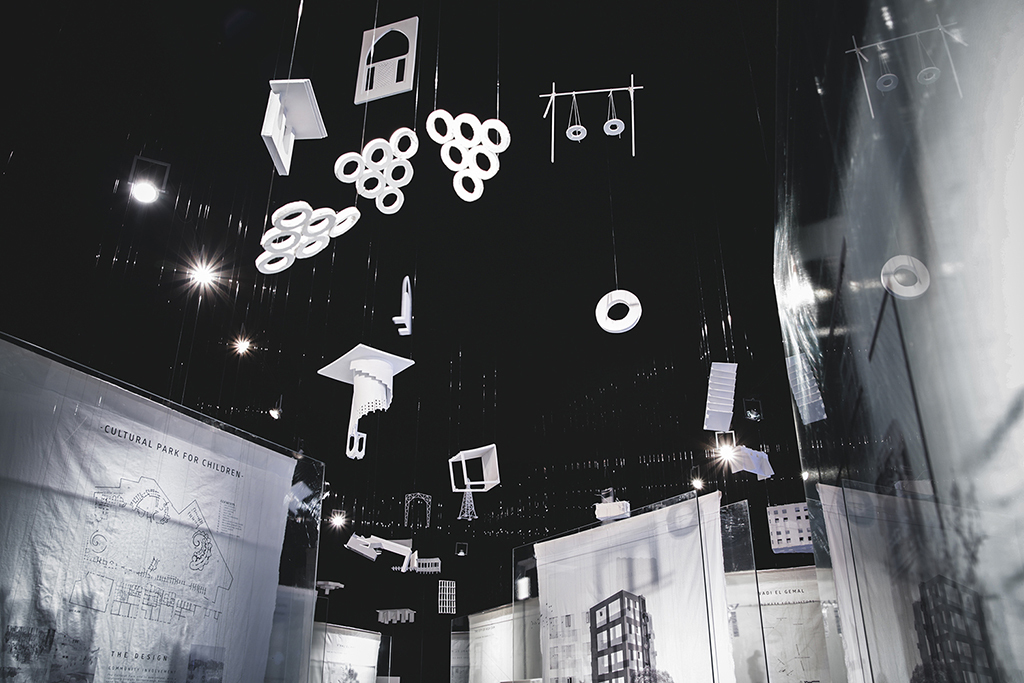
© Michela di Savino, Morgane Quere
The stories inside the pavilion reveal how architecture is actively creating change in communities. Nowhere are these confrontations more evident than in the urban context, and nowhere more so than in Egyptian cities. Since the 2011 uprising, the public spaces of Cairo were spaces where opposing visions met and clashed. Informal neighborhoods, long-neglected and frustrated from their lack of agency and access to public services, were the stages where the oppressed tried to reclaim their voice in the city. In this context, urban space became not just a backdrop but an instrumental foreground and an actor in the continuous and dynamic processes of change.
The pavilion’s goal is to re-frame and position in a global forum what we think are examples of a successful architectural and urban conflict resolution where architects, through their work, were the mediators of change. This mediation took the form of built projects or even research proposals & mappings that attempted to highlight existing problems. This exhibition is therefore about these real transformations that were the fruit of collective labor to perceive, translate and be a positive force in society.
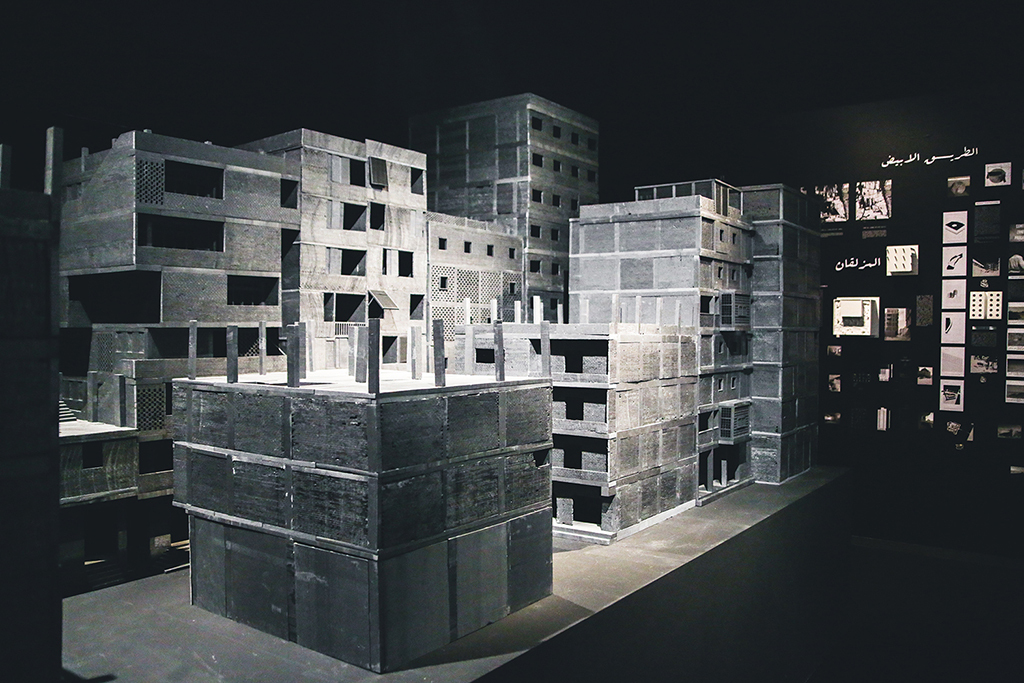
The MAS urban design of ETH Zurich contributed to the Egyptian pavilion. Image © Michela di Savino, Morgane Quere
The contribution of the Egyptian pavilion’s exhibition can be read in tandem with the catalog publication and an online platform that was designed. Together, the exhibition, catalog, and the online platform are extensions & complements of the Biennale itself and are crucial elements working together to share the stories and experiences of those who are reporting from the front to a wider audience.
Through an open Call, many works have been selected and initiated fruitful collaborations for the Egyptian pavilion this year, among others, the MAS Urban Design of ETH Zürich, School of Design of the University of Pennsylvania, Mittelmeerland of AA School of Architecture, Lund University, and MSA architecture department. In addition to selected works from Baladilab, Cairobserver, CLUSTER, Community Design Collaborative, GUC Architecture Department + (IN)formal Pattern Language + MADA Architecture Studio, Studio Meem, Takween +Traslochi Emotive, and Œcumene Studio.
The official opening of the exhibition will take place on the 27th of May at 11.45am in Giardini Della Biennale.




